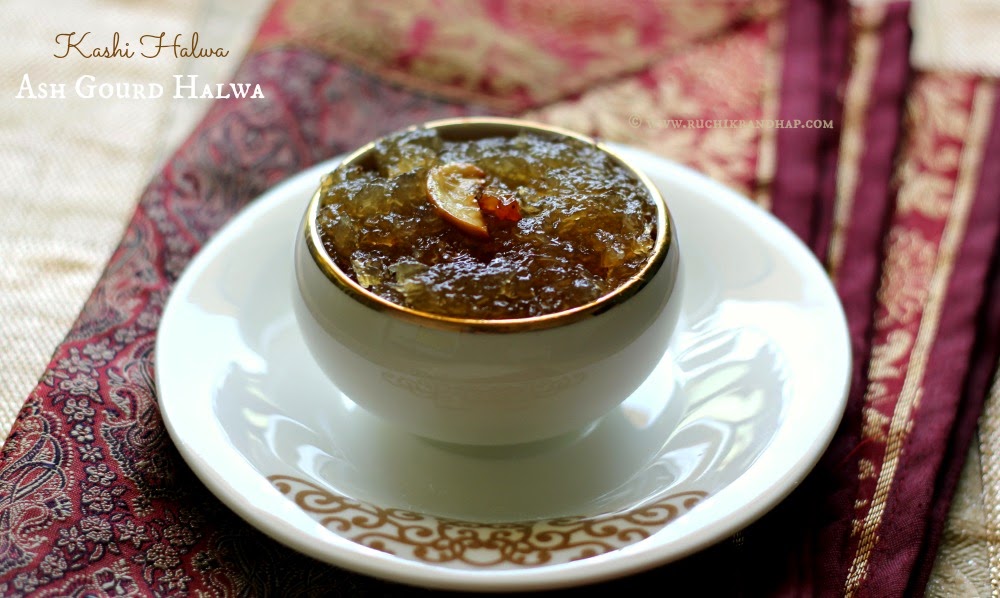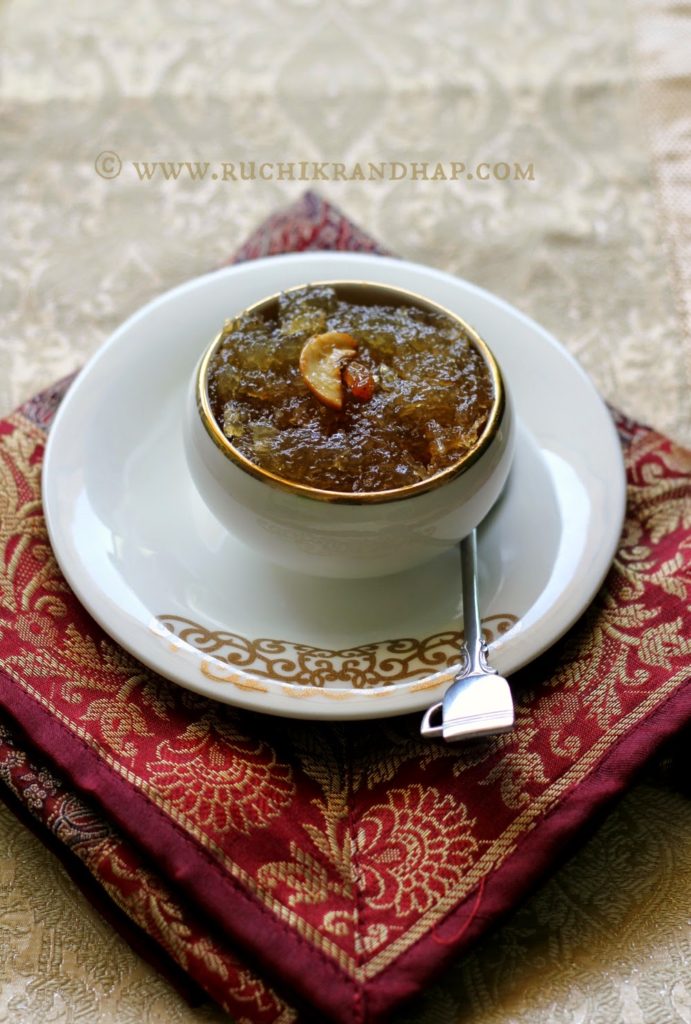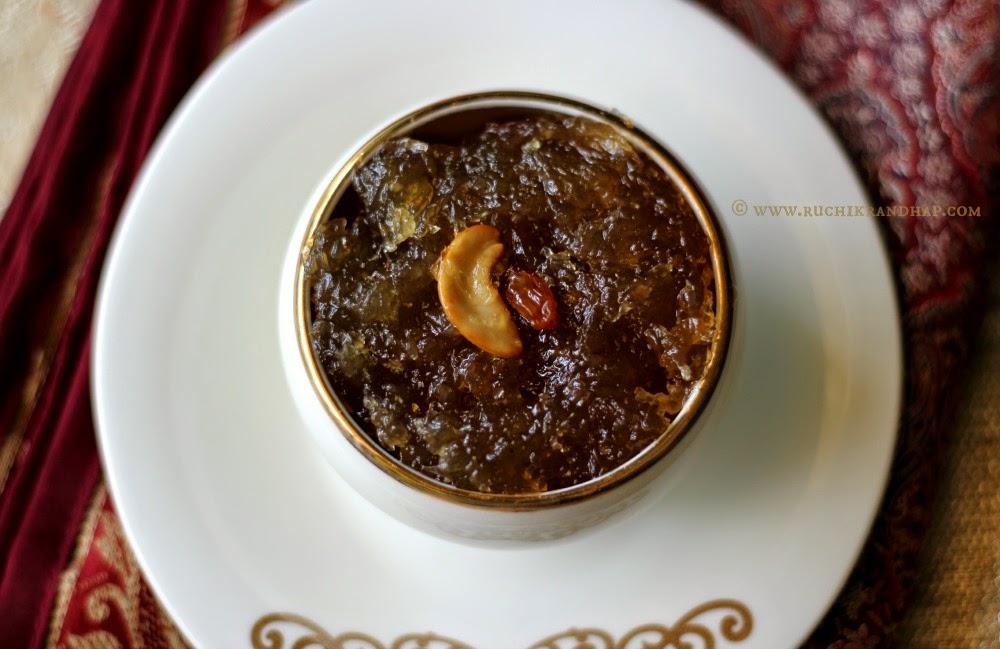That time of the year that everyone eagerly waits for is here. The festive season is finally here!! Eid just went by, Diwali is just around the corner and before we know it we will be celebrating Christmas and New Year! It has got to be my most favourite time of the year. I got into this mood last month when I was flipping through my collection of recipes debating on which sweet I should try out for Diwali. While we don’t really celebrate it at home it has always been a part of our lives and we have been included in the celebrations by our neighbours and friends. Exchanging sweets is a huge ritual in India and was more so in Mumbai where we lived for almost a decade before we moved to Dubai. Not only did we receive sweets from our neighbours and friends but also from Roshan’s staff and clients. Sweets of all shapes and sizes (and calories) made their way into our house and we gratefully gorged on them, bite after bite without a care in the world. While I miss all those goodies now I think I am better off without an abundance of sweets as I simply cannot resist them and shedding the extra weight is a laborious journey that I’d rather not embark on!
I have been seeing endless recipes of sweets on practically every food group that I am a part of on Facebook. Most of them are so easy to prepare that it is virtually impossible to resist the urge to jump up from my seat and make a mad dash towards the kitchen to prepare them. I then decided to reign in my urges and look at recipes that weren’t just empty calories but had some amount of nutrition in them. This automatically led me to cancel the deep fried sweets like jalebis, boondi laddoos, gulab jamoons and shahi tukdas (at least for now) from my list. I felt it was better to make sweets with some sort of veggie in it – of course veggies are equal to junk food if you over cook them and kill all the nutrients so pressure cooking came to the rescue. This dessert has now ceased to be completely sinful .
I remember eating this halwa umpteen number of times in Mangalore when either it was bought from Kalpana sweets (their version used to be ultra sweet) or when it used to be served at weddings along with vanilla ice cream! If you have eaten this combo you know that it is an awesome one, isn’t it? A simply brilliant marriage of flavours and temperatures – piping hot halwa served with ice cream. Yum!
Now coming to the million dollar question. Why is it called the Kashi halwa when it does not have any connection with Kashi, the holy place for Hindus? If it indeed has some connection then why is it a typically Karnataka style sweet dish that is extremely popular in Udupi-South Canara districts? Well, nobody knows the real reason but the nearest that I came to finding out the logic behind the name is that ash gourd, also called as winter melon/ash pumpkin/white gourd/tallow gourd is called as ‘Kashi Phal’ in Hindi. Perhaps the cook who first concocted this recipe knew Hindi and decided to call it so.
Whatever the reason is, this is one lovely dish you can make this Diwali and not die of guilt. For this precise reason I am sharing with you the recipe of one teeny tiny batch of halwa.This recipe makes just enough to serve 2 people. Enjoy it with some ice cream and you will be free of any guilt!
While you’re at it, do check out my entire index of Indian Sweets.
Kashi Halwa ~ Karnataka Style Ash Gourd Halwa
Prep time: 20 mins | Cook time: 20 mins | Yield: 1 bowl (approx 3/4th cup)
Ingredients:
- 750-800 grams ash gourd/ ash pumpkin / winter melon
- sugar as required * see notes
- 2 cardamoms husked and powdered
- 10-12 cashew nuts
- 10- 12 raisins
- 2 teaspoons ghee
- pinch of salt
Method:
1. Wash the ash gourd well, cut into quarters and remove the pith (the centre portion with seeds). Remove the skin with a peeler and grate the flesh.
2. Squeeze as much water as possible – retain the water in a bowl for later use. Now weigh the grated pulp. I got approx 275 grams (approx 1-1/4 cups, tightly packed).
3. Next, measure out the same amount of sugar (I used only 3/4th cups of sugar as against 1-1/4 cups of pulp – use sugar according to your choice)
4. Transfer the grated pulp into a pressure cooker and add back a little of the reserved water so that it doesn’t scorch the bottom of the pan/cooker (its ok if you end up adding a little more). Pressure cook for 2-3 whistles
5. Remove the cooker from the heat and allow it to cool down a bit before you remove the weight (whistle)
6. Place the cooker back on a medium low heat and cook until almost all the water evaporates. Now add the sugar and ghee and continue to cook till the mixture turns into a ball (ghee begins to leave from the sides of the mixture)
7. In a separate pan heat 1-2 teaspoons of ghee and fry the raisins lightly till they puff up – remove before they burn. The cashew nuts need to be fried next until light golden, remove.
8. Add the fried nuts, raisins (and the ghee used to fry them) and the powdered cardamom. Mix.
9. Remove the pan from the heat and serve the halwa hot, by itself or with a scoop of vanilla ice cream. Tastes divine!Note:
1. Most recipes call for an equal amount of sugar as compared to the ash gourd but since we prefer sweets that are moderately sweet I used less than equal amount (see step#3 in the Method)
2. Always buy a tender ash gourd that feels heavy when you hold it. The older it gets the more number of seeds start developing inside which you need to discard and hence the net amount of pulp is less.
1. Most recipes call for an equal amount of sugar as compared to the ash gourd but since we prefer sweets that are moderately sweet I used less than equal amount (see step#3 in the Method)
2. Always buy a tender ash gourd that feels heavy when you hold it. The older it gets the more number of seeds start developing inside which you need to discard and hence the net amount of pulp is less.



Shireen – this is such a novel idea! I love petha – but find it too sweet – I will try this now!
@ Shruti: Thanks so much! I hope you give it a try and like it too!